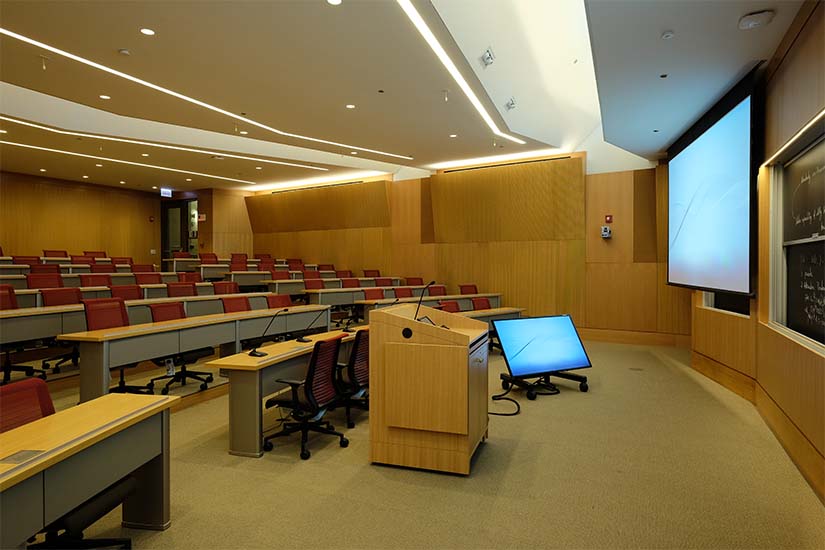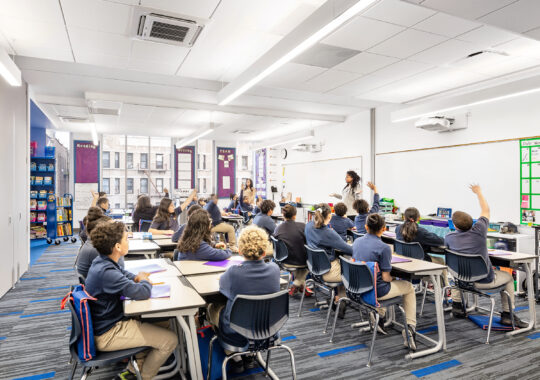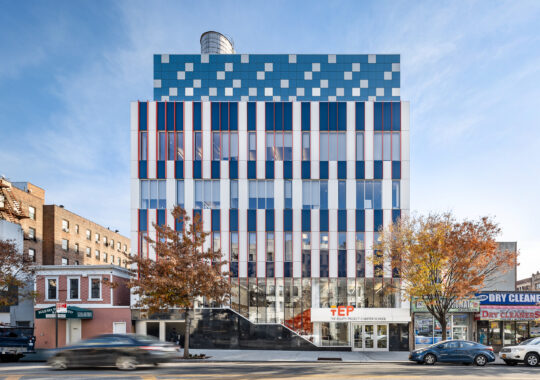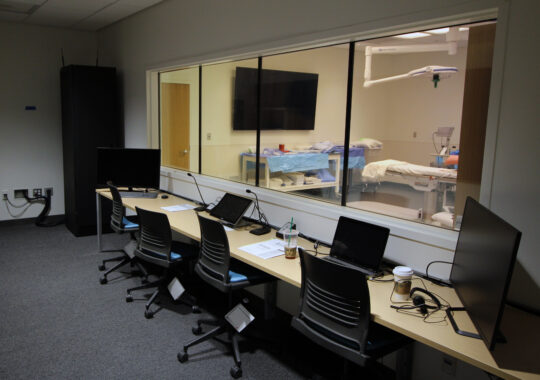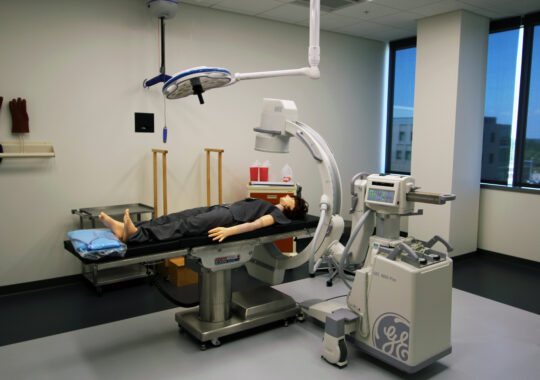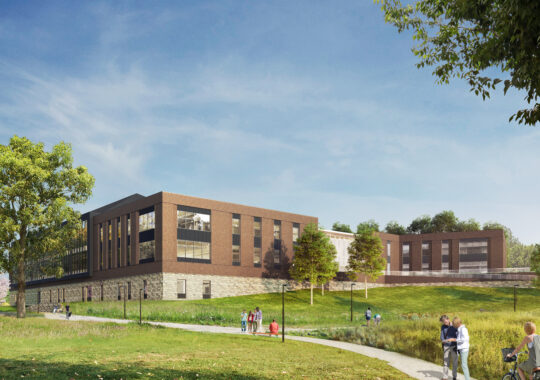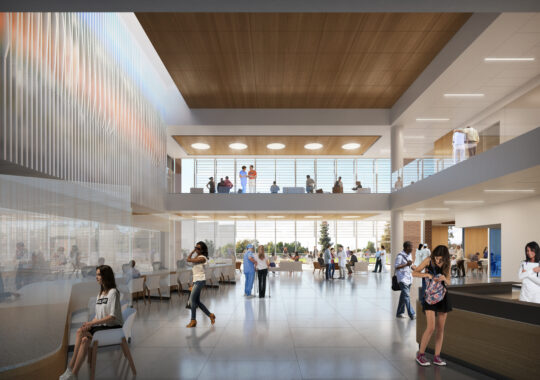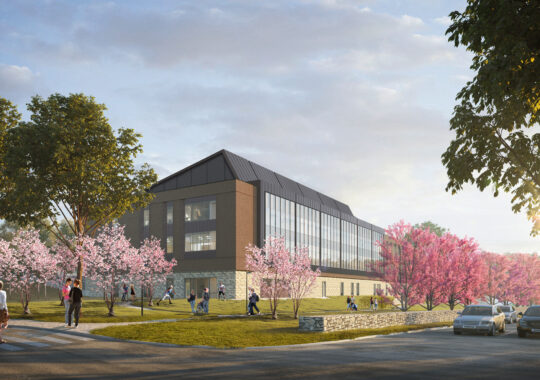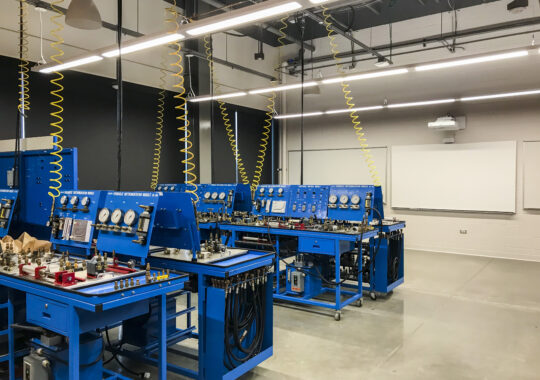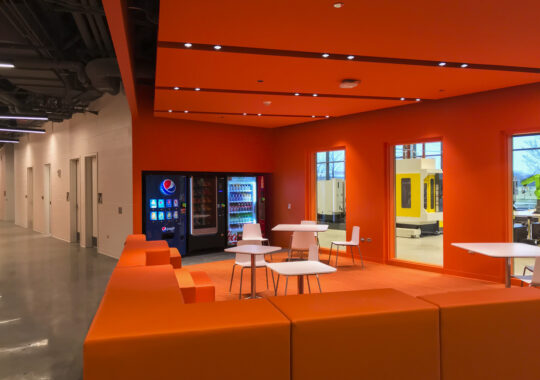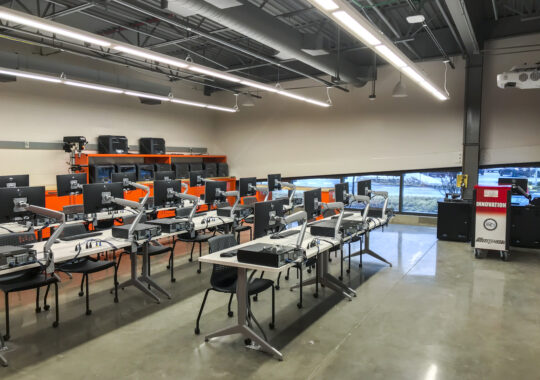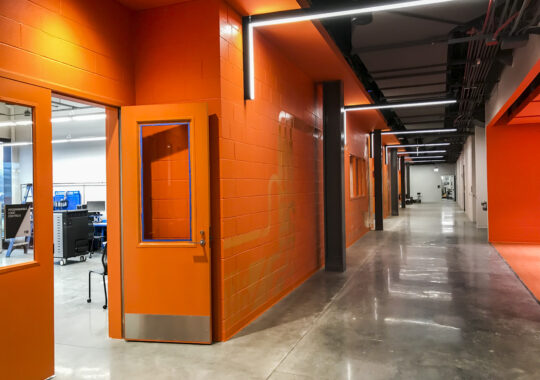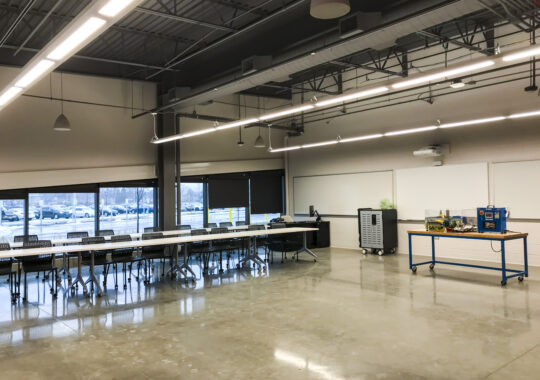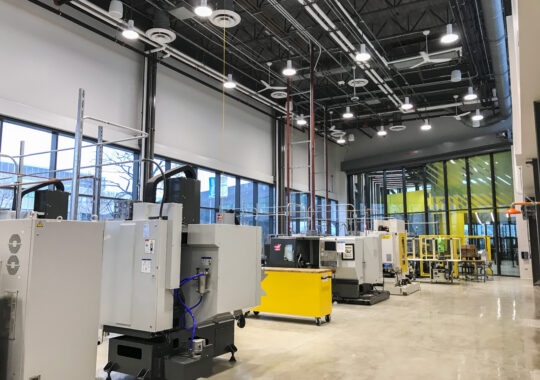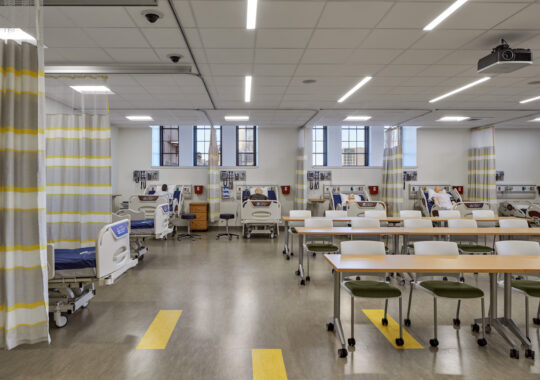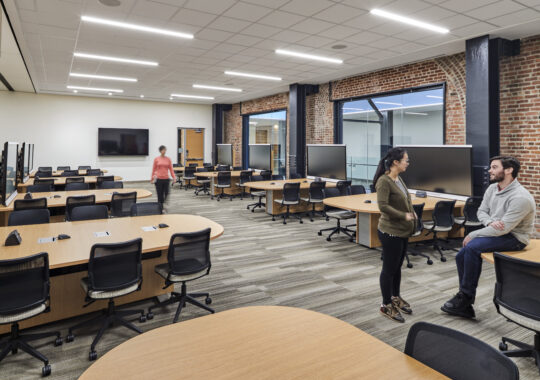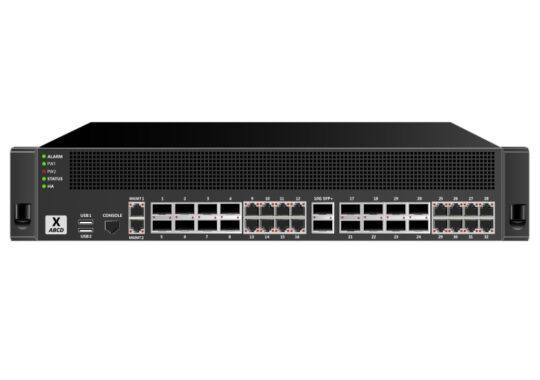Given the current attention on the cost of higher education and student loan debts, it’s no wonder that Colleges and Universities are taking a strong look at their business models. This could have a big impact on technology implementation as these institutions plan for changes. But exactly how do changes to their business model affect technology and what role can consultants play?
For as long as higher education institutions have been in existence, the driving force behind their business model has relied on the number of students they can attract to their school. With many Universities attracting more applicants than they can even accept. What is the limiting factor? For years it has been the number of seats in classrooms. If a 50-seat classroom can accommodate 1,500 students per semester, and the school’s costs are constantly rising, the only way to offset those costs is to charge higher tuition to students. But what if there was a way to increase the number of students without having to build a bigger classroom? Now, Colleges and Universities are looking to see if there is a way they can increase their number of students without incurring the high cost of designing and constructing for more classrooms.
That is where technology is leading the way.
Through online learning, the education institutions do not need a finite set of seats. The size of the classroom is only limited by the ability of the instructors to manage the work of a certain number of students. From a business perspective, the potential for increasing student population without the cost of building new classrooms makes a great deal of sense. But how do we ensure that the classroom experience for an online learner is comparable to that of a student physically in the classroom?
Technology has been leading the wave of increased online learning for years now. The challenge institutions face is creating classroom environments that are equally effective both online and in the classroom. A carefully designed audiovisual system could include microphones, cameras, speakers, video displays, and some means of controlling all of this technology.
But how does the instructor interact with the technology, while trying to interact with the students in the room and online? Is there an operator who runs the AV system while the teacher focuses on the lesson? Is the teacher expected to run both the technology and the instruction? Can it be automated? How do students turn in assignments? How does the instructor provide feedback to the students?
These are all questions that a qualified audiovisual design consultant can help institutions determine the best technology path forward to create a cohesive classroom both online and in person.
